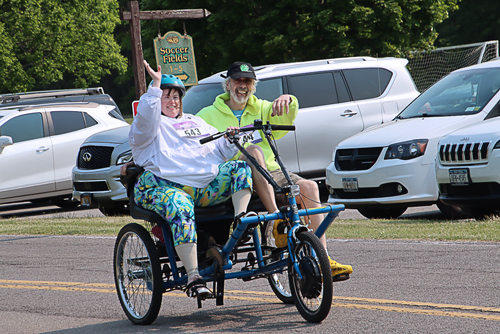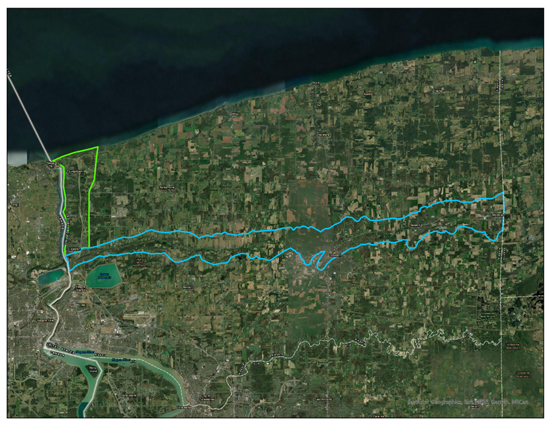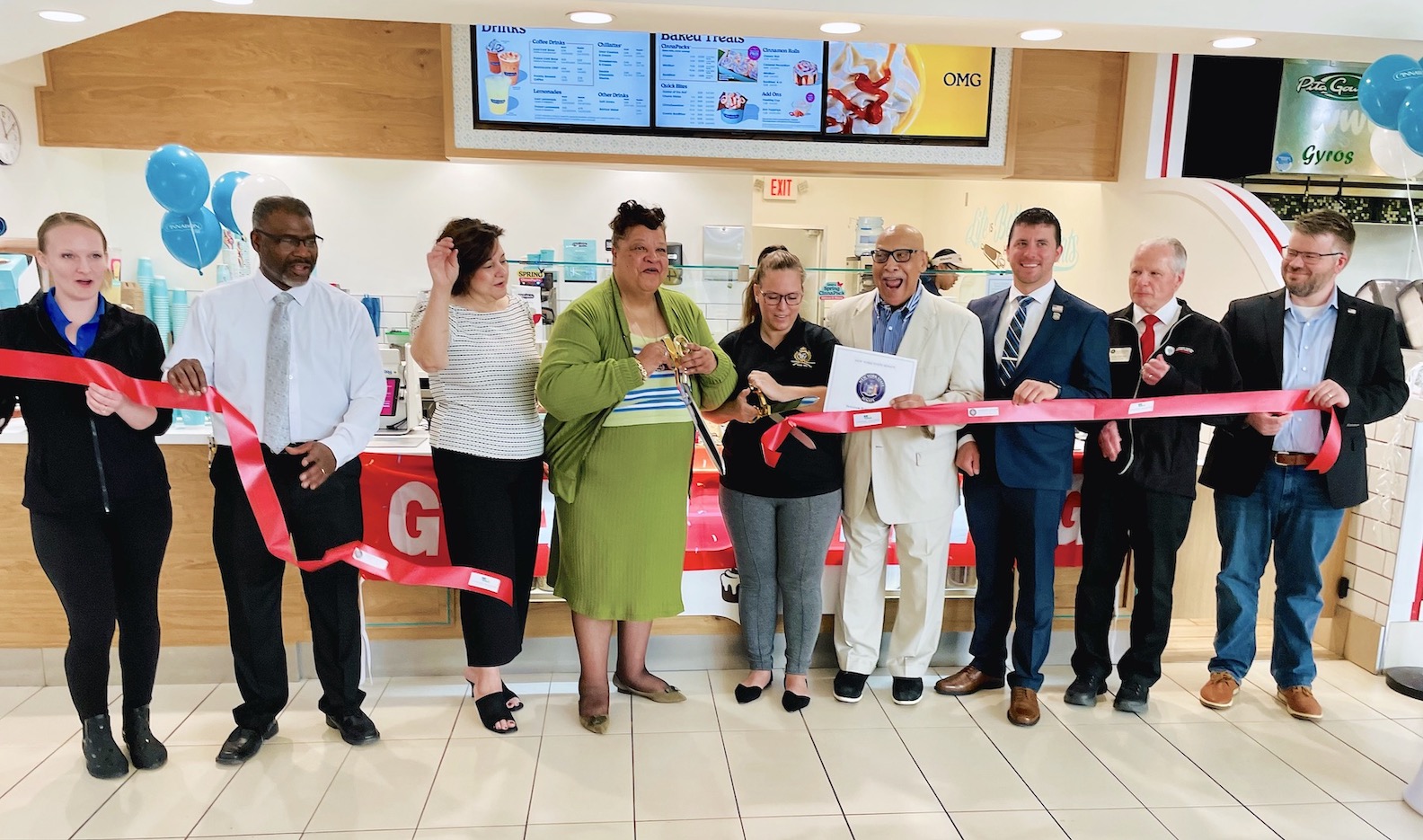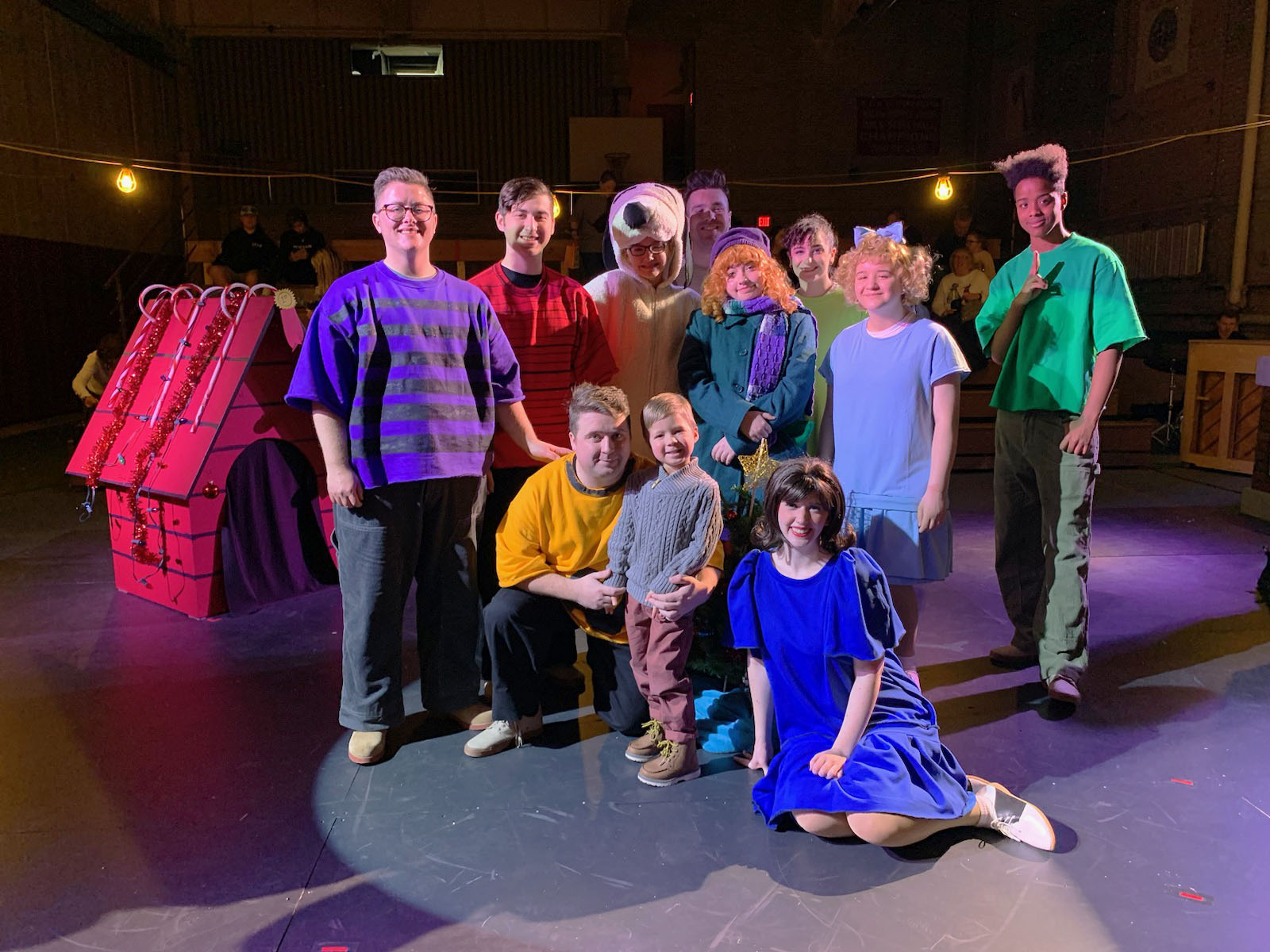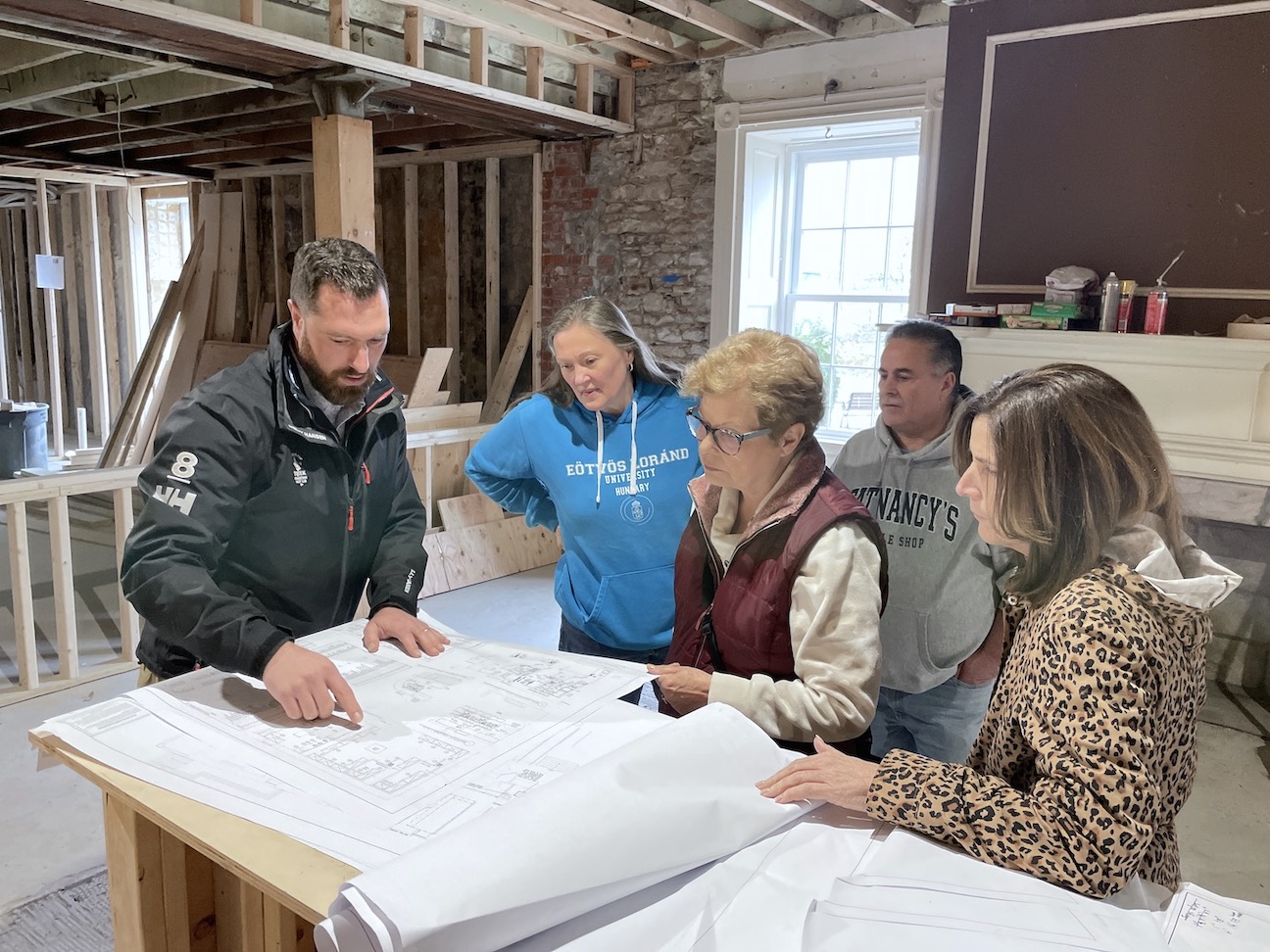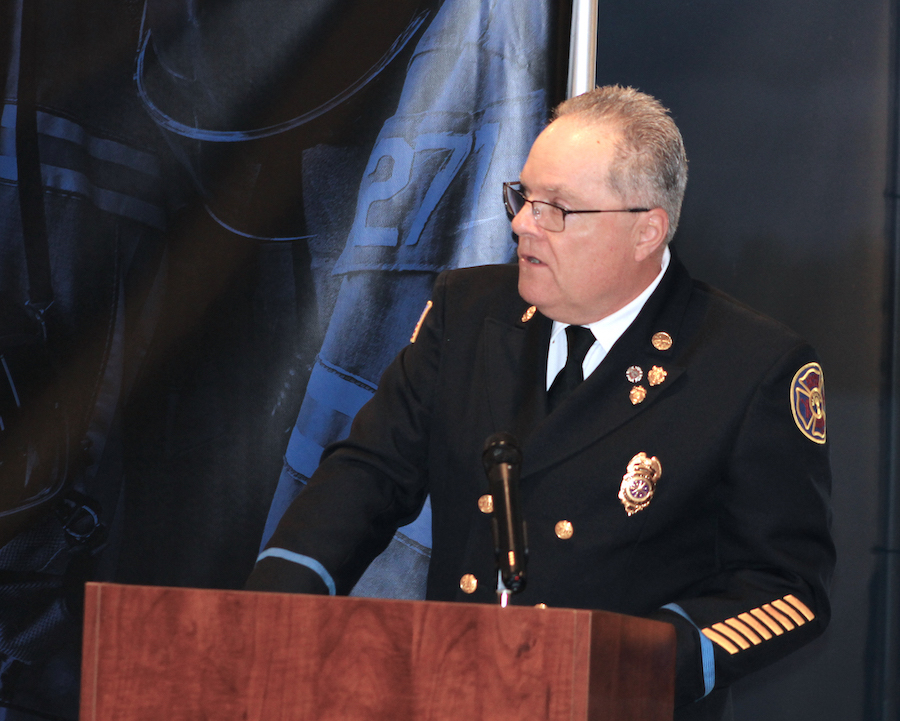Featured News - Current News - Archived News - News Categories
For safe viewing, they share essential eclipse safety tips
By the University at Buffalo
Many Western New York businesses and most K-12 public schools will be closed on April 8. But for any eclipse-related eye injuries that might occur, University at Buffalo physicians will be operating a special post-eclipse eye clinic day.
The post-eclipse eye clinic will be open from 4-9 p.m. April 8 at the offices of UBMD Ophthalmology/Ross Eye Institute at 1176 Main St., Buffalo. Walk-ins are welcome. For any eclipse-related eye injuries, call 716-881-7900.
“We want to help the Buffalo community and visitors have a safe eclipse viewing experience, but we also want to be here for the community if there are any injuries,” said James D. Reynolds, M.D., Jerald and Ester Bovino Professor and chair of ophthalmology in the Jacobs School of Medicine and Biomedical Sciences at UB, president of UBMD Ophthalmology/Ross Eye Institute.
UB ophthalmology medical residents will staff the clinic under the supervision of several UB department of ophthalmology faculty members, including Brian Madow, M.D., director of the retina service at UBMD Ophthalmology/Ross Eye Institute, and Andrew L. Reynolds, M.D., clinical associate professor of ophthalmology and residency program director.
“The goal is to provide the community with an after-hours eye clinic dedicated to triaging and evaluating eclipse-related eye concerns,” said Abhiniti Mittal, M.D., a UB ophthalmology resident who is one of the physicians staffing the clinic.
She explained that, while it is rare for such injuries to occur, the major eye-related concern that could result from looking at the sun during the eclipse without proper eye protection is called solar retinopathy.
“A lot of what we know about eclipse safety as a specialty comes from understanding optical principles and general eye safety guidelines,” Mittal said.
“Prolonged, high-intensity light exposure can lead to photomechanical damage to one’s retina and subsequently cause blurry vision and blind spots,” she said, adding that cases of solar retinopathy have been reported around the world after solar eclipses.
“In these cases, patients commonly present with vision changes a few days after viewing the eclipse without eye protection, but our clinic will be open the day of the eclipse for people with immediate concerns about their vision,” Mittal said. “Most do recover vision within a few months, but a severe injury can have more prolonged effects.”
Reynolds has compiled some do’s and don’ts for avoiding injury on April 8:
√ Do make a viewing plan and practice all viewing techniques ahead of time.
√ Do supervise children. Pre-K children are at higher risk.
√ Do NOT view any part of the sun with the naked eye.
√ Do wear special eclipse glasses ISO 12312-2 for all direct viewing.
√ Do consider taking off your own glasses when wearing eclipse glasses.
√ Do consider using indirect viewing techniques as explained on the Buffalo Museum of Science eclipse website.
√ Do NOT use binoculars or telescopes.
√ Do consider removing eclipse glasses ONLY for true totality – in Buffalo from 3:19 to 3:21 p.m. Do not remove eclipse glasses if there’s even a sliver of sun showing.
A complete timeline for safely viewing the eclipse in Buffalo is at https://www.buffalo.edu/news/releases/2024/03/UB-ophthalmologist-Buffalo-solar-eclipse.html.
Mittal, a Buffalo native, noted staffing an eye clinic in her hometown during a once-in-a-century total solar eclipse is quite special.
“It’s definitely a very rare experience that most other residencies and specialties don’t experience,” she said. “We’re hoping to get an even better understanding of solar retinopathy at a pathophysiological level after this, particularly with advancements in retina imaging.”
Mittal added, “Since a lot of people are visiting from out of town and may develop symptoms days or weeks after the event, we recommend that they continue to monitor with their local eye-care provider.”
